For fuss-free Okinawan dishes such as ‘goya champuru’, visit Himawari Japanese Cuisine in Taman Desa
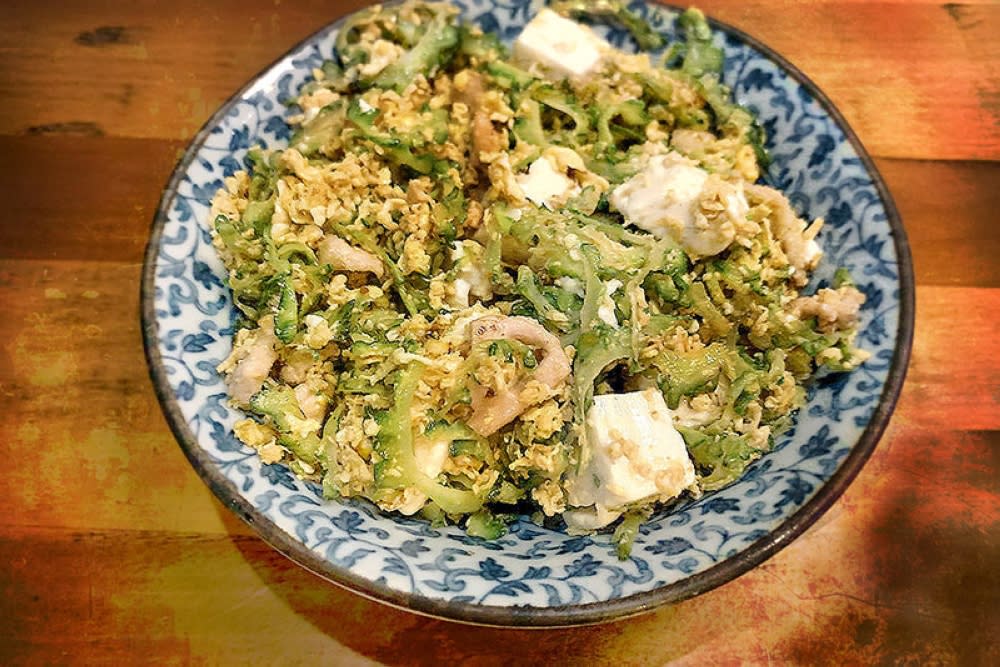
KUALA LUMPUR, Aug 19 — It is a simple dish: stir fried bitter gourd with pork belly, tofu and egg. Something you would cook at home and enjoy with your family.
Which is the entire point.
Known as goya champuru in Japanese, this is one of the signature dishes available at Himawari Japanese Cuisine in Taman Desa. Located on the first floor of a row of shophouses, Himawari has been very much under the radar though it has been open for several years now.
Frequented by Taman Desa residents (many of the regulars arriving as families), the low profile restaurant is beloved for its home-style Japanese cooking. Fuss free, without any pretension.
Perhaps the goya champuru offers a subtle clue. Champuru or chanpuru refers to an Okinawan stir fry dish comprising tofu mixed with meat, fish or vegetables. The most famous version is made with goya or bitter gourd, an Okinawan staple prized for its health benefits.
Which is to say Himawari is infused with Okinawan culture — or its cuisine is — whether that is obvious at first glance or not. The Okinawans are more laidback, friendly and outgoing. They don’t sweat the small stuff.
So a meal here is always going to be more relaxed than at a Michelin starred Japanese establishment, with all the rules and regulations. Just come, and be yourself.
This doesn’t mean that Himawari is devoid of cultural touchpoints. Quite the opposite. There is the traditional "Irasshaimase!” greeting by staff to welcome you into the tiny restaurant.
Decorative noren curtains also help create a very Japanese ambience. Sumo wrestlers face off. Geishas and courtesans whisper secrets. Lanterns set the mood.
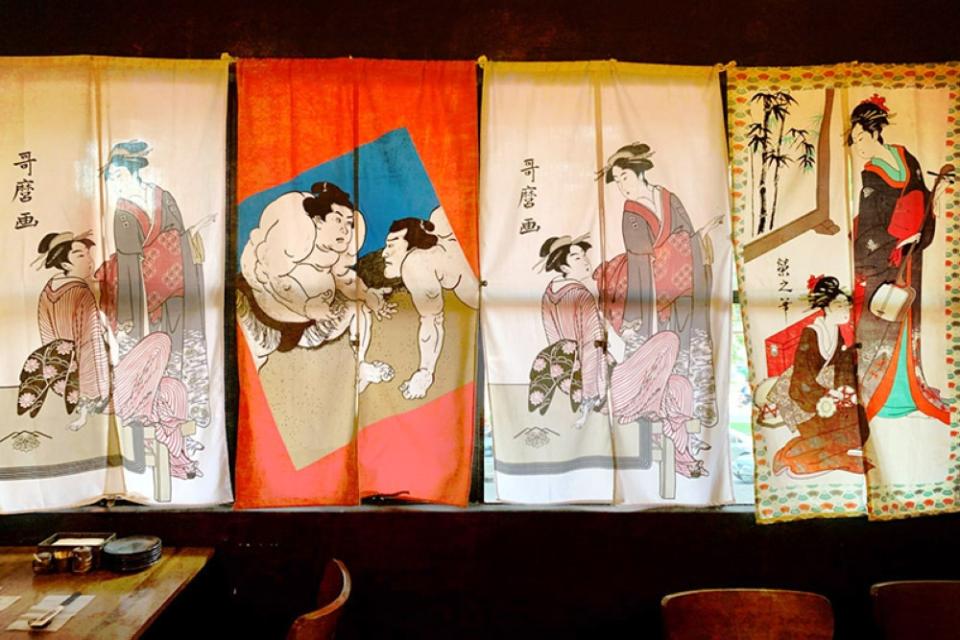
Decorative 'noren' curtains help create a very Japanese ambience inside Himawari.
Another typical Okinawan staple are the jushi or better known as zosui in other parts of Japan. These are rice soups, often cooked with tofu, vegetables and eggs. Himawari offers three varieties — tamago (egg), pork belly and salmon — but also some nabe (hotpot soup) for those who eschew rice.
One of my favourites is their gyoza nabe, which is an absolute belly-filler with the fat, juicy dumplings and profusion of greens. Another popular nabe is their kabuto kimchi nabe, a spicier version simmered with salmon fish head.
There is a strong underlying flavour of kombu or kelp, a heavily used Okinawan ingredient though it’s not cultivated around the island.
Himawari’s negi tamagoyaki is another must-order. Unlike at other restaurants, this Japanese style omelette seasoned with dashi is rolled with sliced spring onions here, giving it an added level of aroma. Perfectly executed, the egg is almost soft scrambled and very moist, never overcooked.
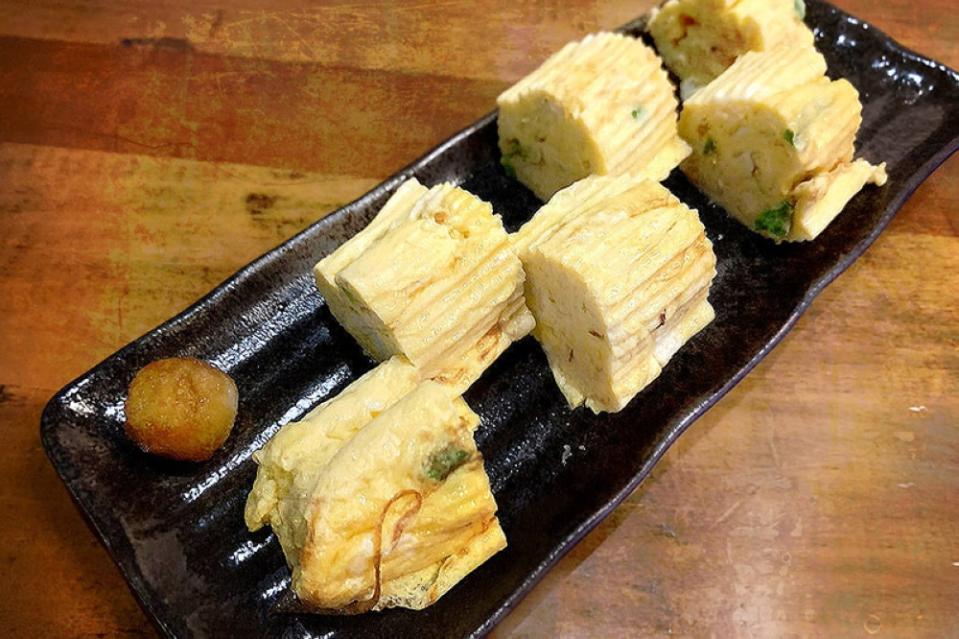
'Negi tamagoyaki' (Japanese style omelette with spring onions).
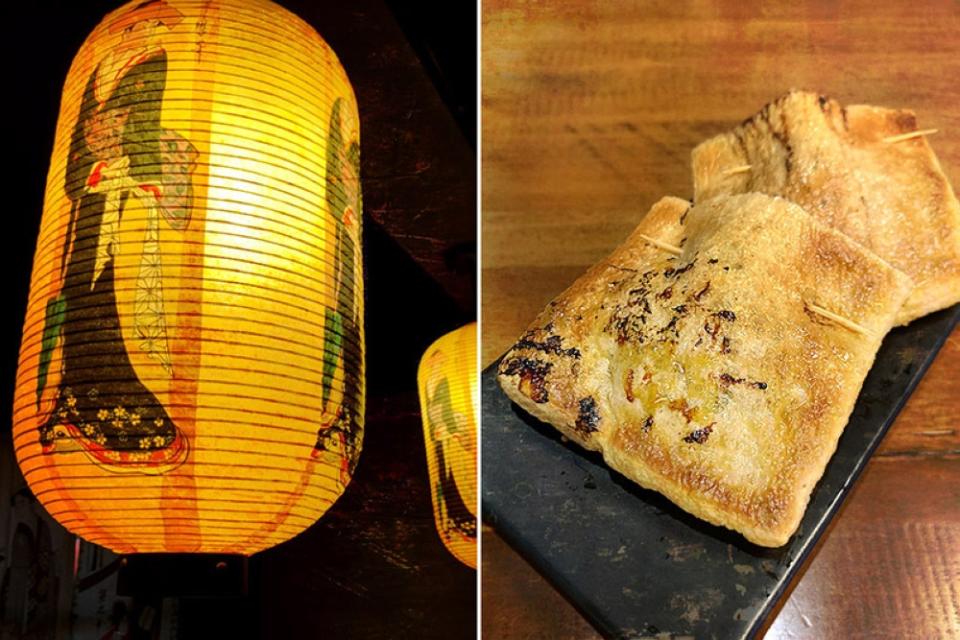
Lanterns set the mood (left). 'Kitsune natto' (right).
For those seeking something different, try their kitsune natto or grilled bean curd pockets filled with fermented soy beans. Admittedly, I am already a fan of natto and eat it regularly, but for those unfamiliar with it, its sticky and gooey texture might take some adjusting to.
For mains, an easy choice is their unadon (grilled eel with sweet kabayaki sauce) or sakanadon (grilled salmon with teriyaki sauce). But my vote goes to their nabu soboro.
This hearty dish of pan fried eggplant and pork belly in special house sauce arrives at our table served with rice, salad, chawanmushi and miso soup. It’s what the restaurant owner calls a setto or set meal.

'Unadon' (left) and 'gyoza nabe' (right).
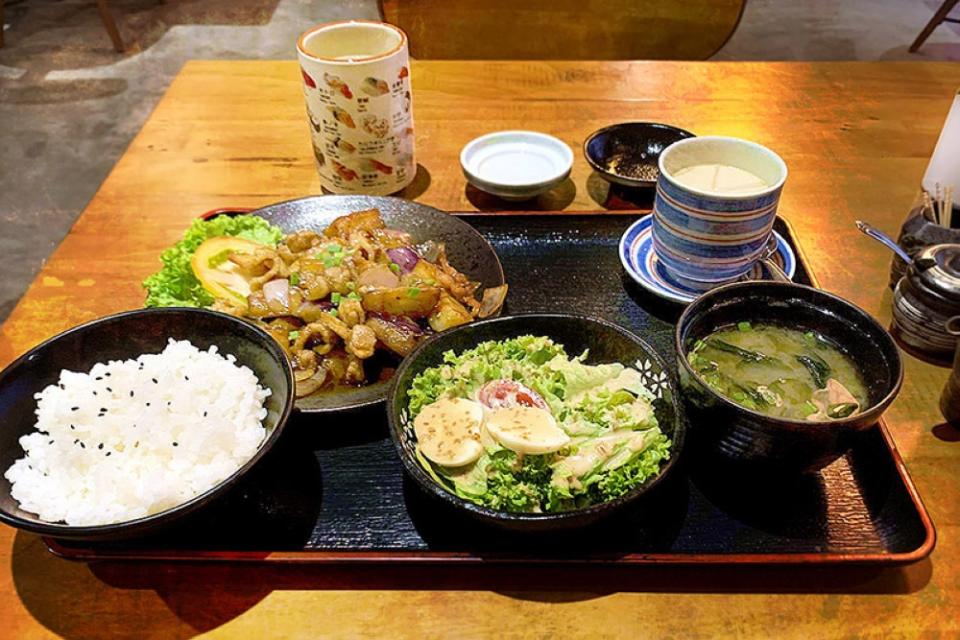
'Nabu soboro' (pan fried eggplant and pork belly), served with rice, salad, 'chawanmushi' and miso soup.
On other visits, I have tasted their garlic fried rice adorned with crispy strips of bacon and a sunny side up, shimeji yaki (stir fried mushrooms with butter), korokke (breadcrumbed fried mashed potato), and the impressive sake kama (salmon head grilled with salt).
The food at Himawari is the very essence of a comforting home-cooked Japanese meal. Which isn’t surprising once you realise himawari in Japanese means "sunflower”, the symbol of warmth, happiness and longevity.
Eat well, and prosper, my friends.
Himawari ひまわり Japanese Cuisine
20-1, Jalan 1/109E, Desa Business Park, Taman Desa, KL
Open daily (except Wed closed) 12-3 pm, 6-10 pm
Phone: 012-220 1934
* Follow us on Instagram @eatdrinkmm for more food gems.



